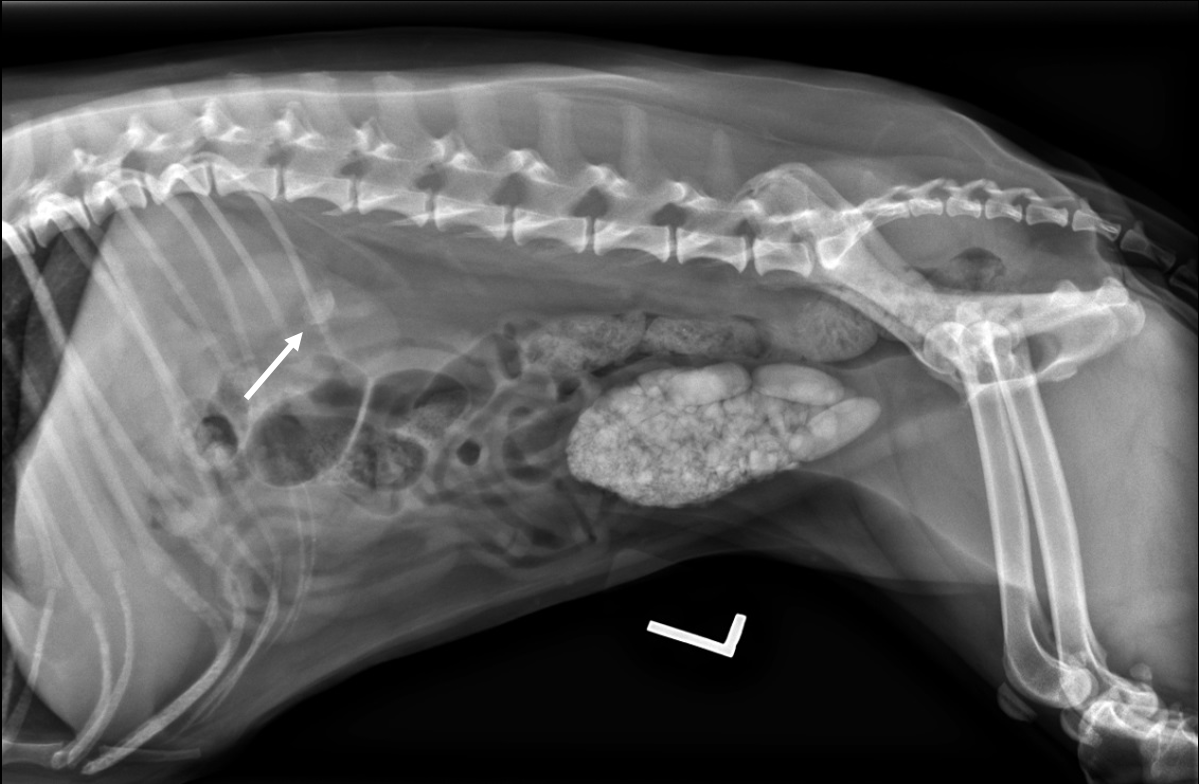Image of the month
How common are canine kidney stones?
In 2021 the Minnesota Urolith Center analyzed stones from over 64,000 dogs. Only 0.3% were from the kidney or ureter. Of these, 36% were calcium oxalate, 27% were struvite, 13% were urate, 5% were cystine, 2% were calcium phosphate, and 5% were composed of multiple minerals.
Does this mean that kidney stones are not common? Likely not. A recent study at the University of Minnesota revealed that 41% of dogs with lower urinary tract urolithiasis had radiographic findings consistent with upper urinary tract stones.1 In a subset analysis of 5 small breeds at risk for CaOx (Bichon, Pomeranian, Lhasa, Shih Tzu and Miniature Schnauzer), 81% of dogs with lower urinary tract urolithiasis had radiographic findings consistent with upper urinary tract stones.
Why are so few kidney stones submitted for analysis? The majority of canine kidney stones do not appear to cause clinically significant disease requiring their removal and subsequent analysis. The ACVIM urolith consensus advices that “only those nephroliths contributing to outflow obstruction, recurrent infection, pain, and those enlarging to the point of causing renal parenchymal compression, should be considered for removal.”2 Uroliths amenable to medical dissolution (e.g. struvite) should be dissolved.
Our clinical advice: When stones are detected in the urinary bladder, remember that all portions of the urinary tract are susceptible and should be included in your imaging protocol to provide comprehensive care and appropriate monitoring.
